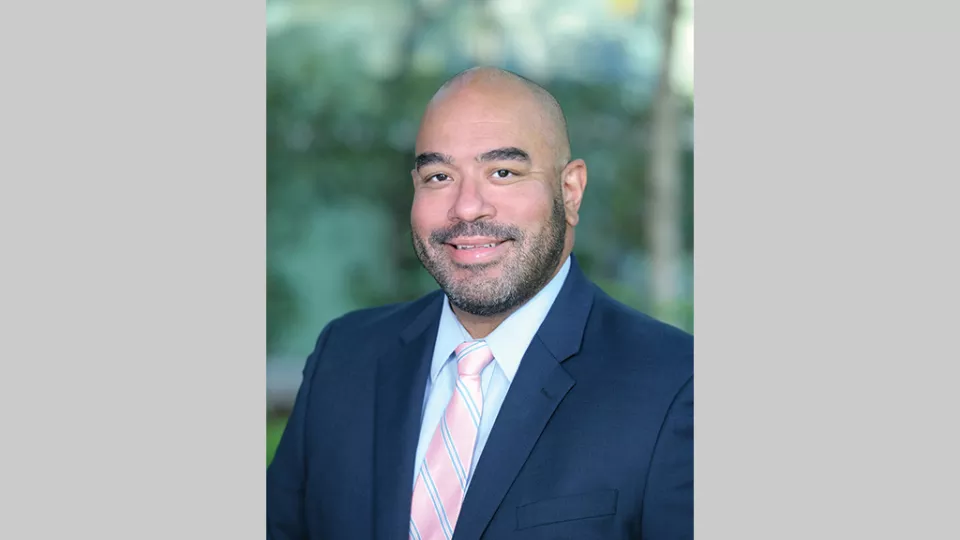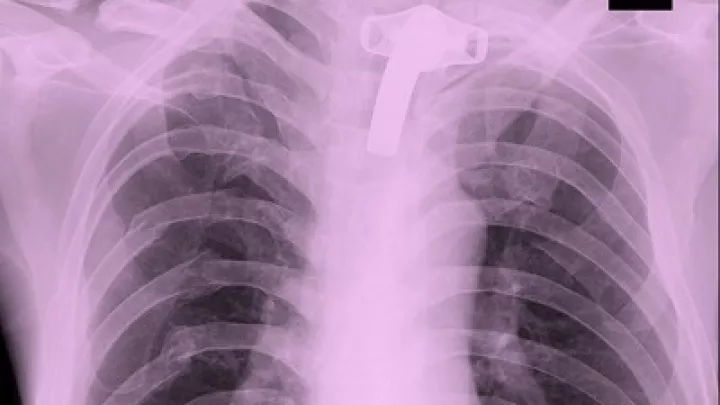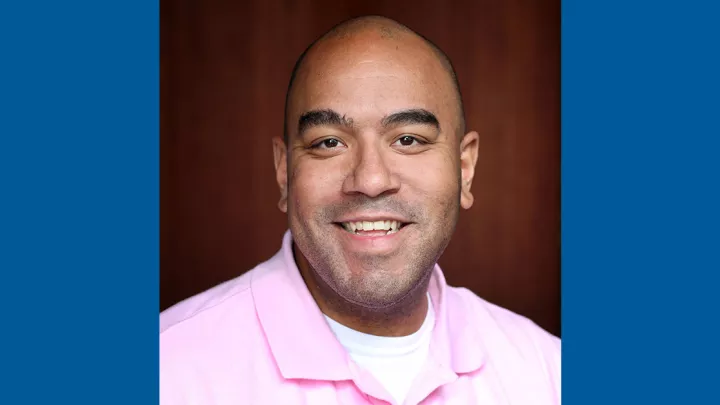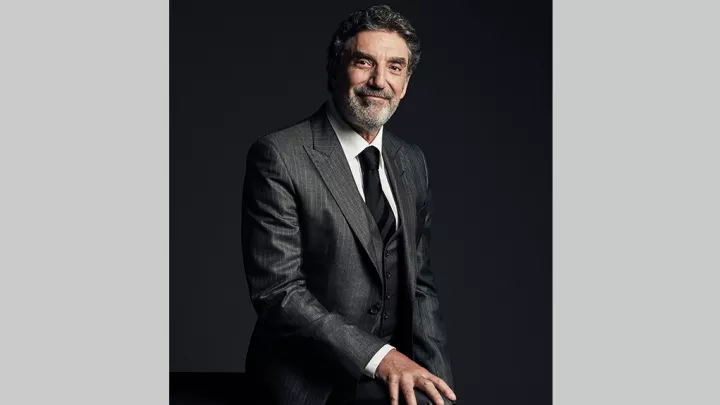
5 Questions For The Gerber Foundation
When it comes to bestowing grants, The Gerber Foundation has clear criteria: It seeks to fund initiatives that enhance the quality of life of infants and young children in nutrition, care and development. At Children’s Hospital Los Angeles, the Foundation has invested in various projects to enhance treatment for newborns with complex medical conditions— a partnership that dates back to 1999.
Though The Gerber Foundation became an independent private organization in 1994, its mission is rooted in Gerber Products Company’s long history of giving babies the best start in life. Cathy Obits, Program Manager for The Gerber Foundation, shares how the organization has evolved over the past seven decades, why research is a focal point in its grant-making decisions and how partnering with CHLA can build better futures for the youngest members of the community, here and around the country.
1. The Gerber Foundation prioritizes projects that benefit children from birth to 3 years old. Why is concentrating on this age range important to your organization?
It starts with Gerber Products Company. When you’re talking about the food, it has always been about infants and toddlers. We’re not part of the company anymore, but we’ve wanted to maintain that historical focus on this specific age group. It’s when a lot of growth and development occurs, and research has shown how critical these years are to a child’s overall health and what they need to become a productive citizen in society.
2. Your offices are in Michigan, more than 2,000 miles from Southern California. What made The Gerber Foundation choose to support CHLA?
Ever since the Foundation was established, it has been giving on a national level. Early on, any employee across the country could nominate an organization for funding through the Foundation. In 2003, research became the main focus; before that it was more program support. The Board of Directors didn’t want to focus on any specific disease or location; they wanted to look for the best science, wherever that might be happening.
3. Why is research a worthy philanthropic investment?
It’s really about finding that change that we can make, something that can improve the care infants and toddlers are receiving anywhere. Our board wants to fund ideas that are practical and can resolve day-to- day, universal issues. Research can answer questions like: What if we could be treating these infants just a little differently? What if this can change their outcomes? We have to be able to change, adapt and use technology to find new and better ways to do things.
4. You visited CHLA in 2017. What was most memorable about your tour of the hospital?
At the time, we were funding a young investigator, so he was the one who showed me around. What I remember most was the staff, how friendly they were and how they were doing such a good job of taking care of the patients.
5. The Gerber Foundation is marking its 70th anniversary this year. What does it hope to achieve in the next 70 years?
Continued innovation—in caring for infants and toddlers, getting them developmentally ready for school and education, and helping them to be the healthiest they can be. I’m very grateful that when the Foundation decided to go down the research path, there wasn’t a focus on just one disease or one organ. There’s a lot of variety in everything we do.
Christopher Russell, MD, MS: I'm Immensely Thankful for The Gerber Foundation

Funding from the Foundation fueled Dr. Russell’s research into bacterial tracheostomy-associated respiratory infections.
By Eunice Oh
Each year, nearly 4,000 children undergo a tracheostomy, the surgical placement of a breathing tube, and many experience bacterial respiratory infections. Despite the frequency of infections, there are no guidelines for how to prevent, diagnose or treat patients. “It was frustrating for me as an attending physician to see these children readmitted to the hospital, but also frustrating for their families,” says Christopher Russell, MD, MS, a pediatric hospitalist and Director of Research for the Division of Hospital Medicine at CHLA.
That prompted Dr. Russell to start researching bacterial tracheostomy-associated respiratory infections, but he needed support. A $350,000 grant from The Gerber Foundation in 2019 allowed him to begin building a network of collaborators across the country to determine risk factors, identify ways to improve treatment and reduce antibiotic overuse while caring for children with these infections.
With the grant from The Gerber Foundation, Dr. Russell was able to demonstrate the study’s importance and feasibility—and use the data to secure additional funding. In August 2021, he was awarded a $2.4 million grant from the Agency for Healthcare Research and Quality (AHRQ), part of the U.S. Department of Health and Human Services, to broaden the scope of his research.
“The ultimate goal is to develop clinical guidelines for a more standardized and evidence-based approach to treating these types of infections,” says Dr. Russell, who is now leading a multicenter study that also includes Seattle Children’s Hospital, Cincinnati Children’s Hospital Medical Center, Children’s National Medical Center and Johns Hopkins All Children’s Hospital.
“If I had not received the award from The Gerber Foundation, I’m not sure that the grant application from AHRQ would have been successful,” says Dr. Russell. “I’m immensely thankful for their support.


